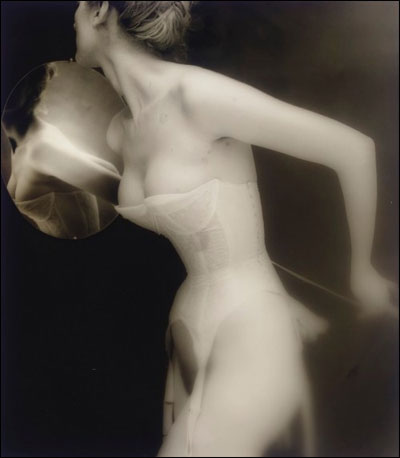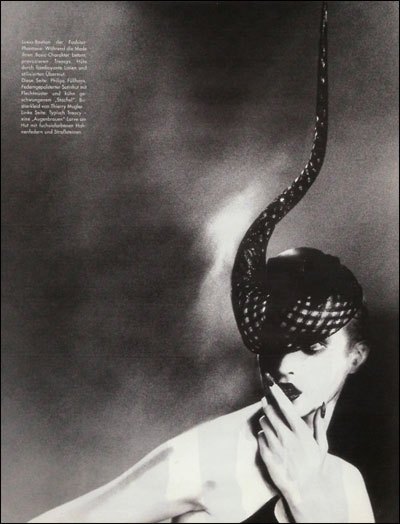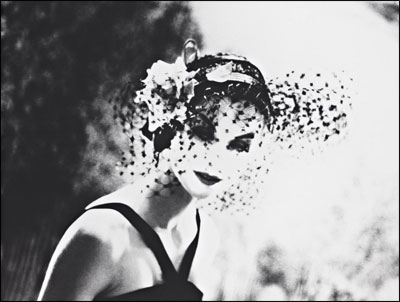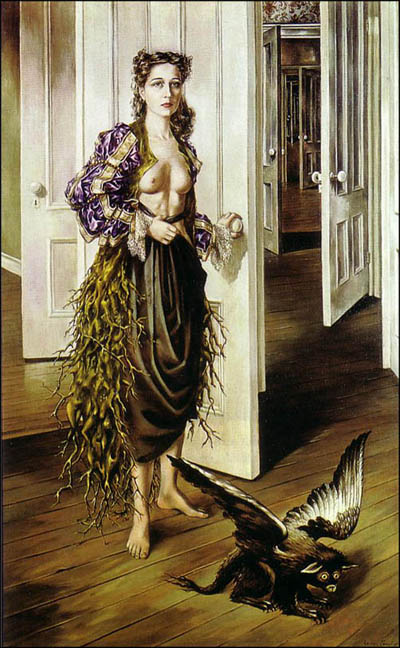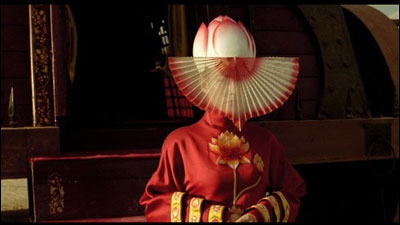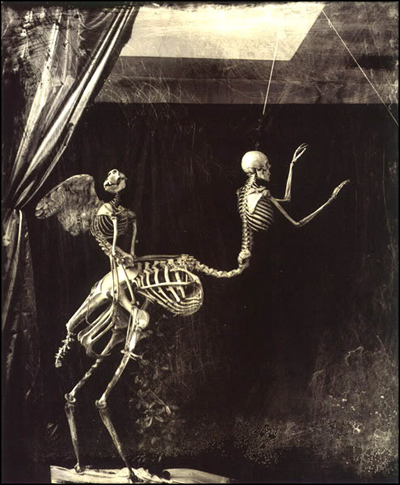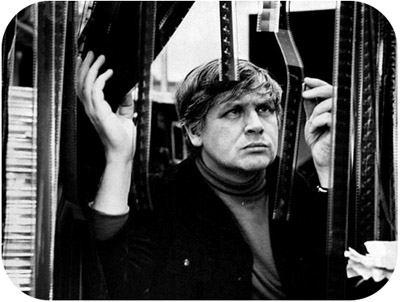Maurice Sendak 1928-2012
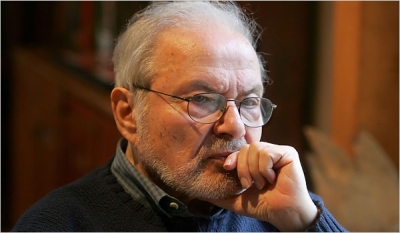
Maurice Sendak Via]
“I said anything I wanted because I don’t believe in children, I don’t believe in childhood. I don’t believe that there’s a demarcation. ‘Oh you mustn’t tell them that. You mustn’t tell them that.’ You tell them anything you want. Just tell them if it’s true. If it’s true you tell them.”
With this post I run the risk of turning the top of Coilhouse into a memorial to my youth, but there’s really no helping it, I suppose. More sad news then, as it has been reported that author and illustrator Maurice Sendak died today, at the age of 83 due to complications from a recent stroke. Sendak was perhaps best known for his 1963 book Where the Wild Things Are. The book not only made his career but earned him the prestigious Caldecott Medal in 1964.
Mr. Sendak’s work was a staple of my childhood. I learned to read with the help of the Little Bear Books (written by Else Holmelund Minarik). My first exposure to Grimm’s fairy tales was through my mother’s copy of the collection he illustrated and I had a copy of E.T.A. Hoffmann’s Nutcracker which featured his artwork. His Mouse King terrified me.
And that is, above all, what I remember and respected most about his work, his willingness to scare the crap out of kids. There is a darkness and danger in his books, the same kind found in the stories of greats like Carroll and Baum, which seems mostly lacking from children’s literature now, something that Mr. Sendak seemed keenly aware of. Sendak wrote books that treated children like adults, like equals. Speaking to The Guardian last October, he said “I refuse to lie to children. I refuse to cater to the bullshit of innocence.” This refusal to sugarcoat his work was, undoubtedly, his greatest asset. It will be missed.





